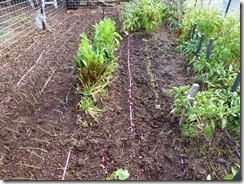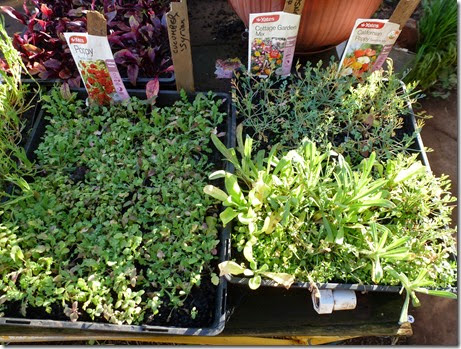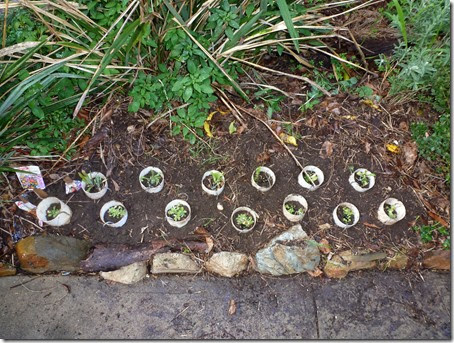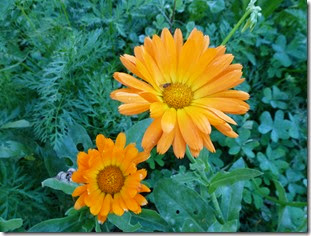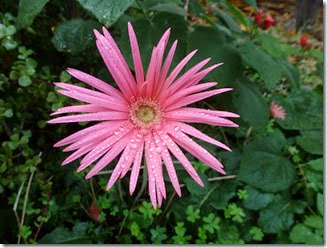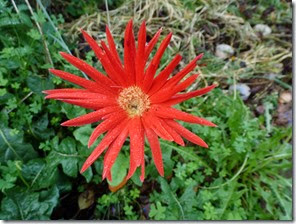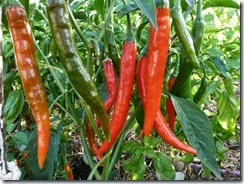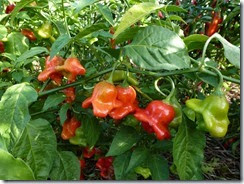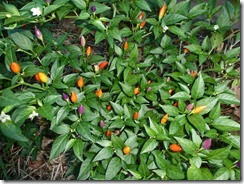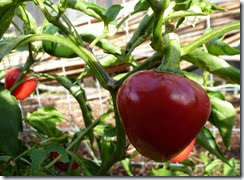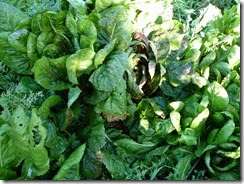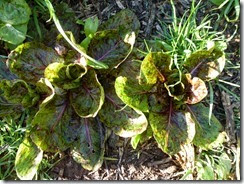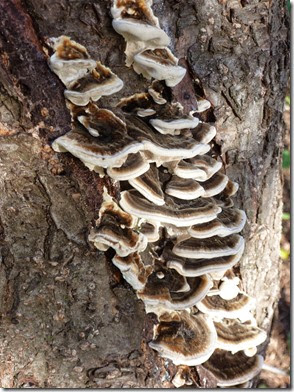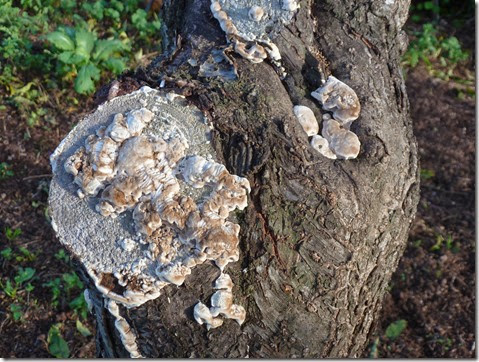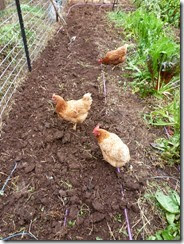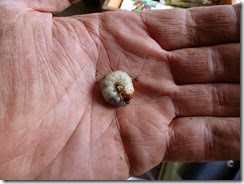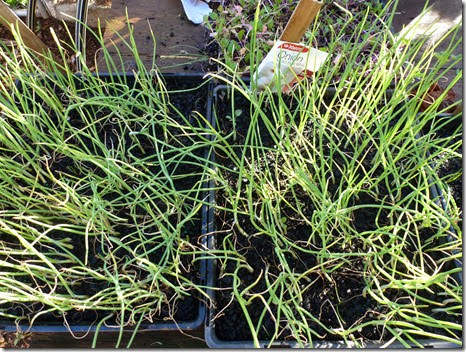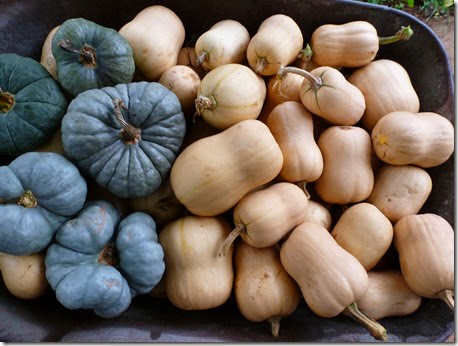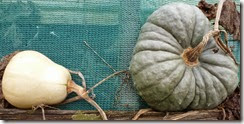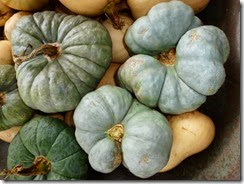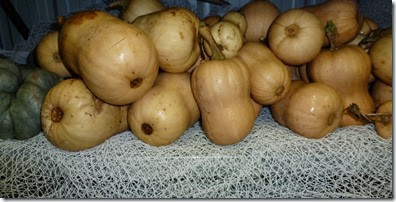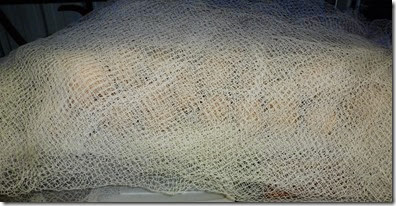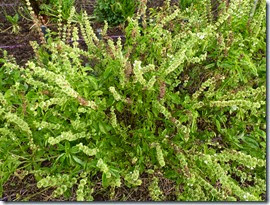 The aromatic leaves of the basil plant are one of the richest sources of pleasure to a gardener; just brushing past them releases that pungent and evocative fragrance. That pleasure in this wonderful herb extends to the kitchen table, where basil pesto – ground basil leaves mixed with olive oil, pine nuts, parmesan cheese and garlic – adds piquancy to meat and pasta dishes. So popular is basil in our household that I grow it in ‘basil hedges’ – basil plants planted in long rows to enable the gardener to provide a steady supply of leaves to the kitchen for much of summer and autumn.
The aromatic leaves of the basil plant are one of the richest sources of pleasure to a gardener; just brushing past them releases that pungent and evocative fragrance. That pleasure in this wonderful herb extends to the kitchen table, where basil pesto – ground basil leaves mixed with olive oil, pine nuts, parmesan cheese and garlic – adds piquancy to meat and pasta dishes. So popular is basil in our household that I grow it in ‘basil hedges’ – basil plants planted in long rows to enable the gardener to provide a steady supply of leaves to the kitchen for much of summer and autumn.
 Basil produces a bountiful quantity of seed at the end of each growing season. The flowers are produced on long stalks that spring out of the top of the plants, providing a popular spot for visiting bees – their favoured insect pollinators. Flowering marks the end of the production of new leaves so some plants are allowed to go to seed while other are kept in production by pinching off these flower heads when they first appear.
Basil produces a bountiful quantity of seed at the end of each growing season. The flowers are produced on long stalks that spring out of the top of the plants, providing a popular spot for visiting bees – their favoured insect pollinators. Flowering marks the end of the production of new leaves so some plants are allowed to go to seed while other are kept in production by pinching off these flower heads when they first appear.
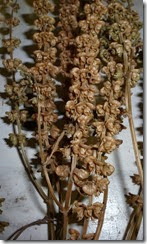 Finally though, the inevitable decline of these (mostly) annual plants with the coming of winter marks the time for collection of seed for the following spring. The seeds mature from the bottom to the top of the flower with each capsule containing typically four seeds. These can be collected directly in the garden - when the complete stalk has been dried to a brown crisp - simply by pulling it through the fingers and into the palm. The old Italian chap over the road used to chop the whole plant off at ground level and then hang it upside down in the shed to dry out completely – a method I’ve adopted when space allows. Even then the smell of basil pervades the shed despite the complete desiccation of the plant.
Finally though, the inevitable decline of these (mostly) annual plants with the coming of winter marks the time for collection of seed for the following spring. The seeds mature from the bottom to the top of the flower with each capsule containing typically four seeds. These can be collected directly in the garden - when the complete stalk has been dried to a brown crisp - simply by pulling it through the fingers and into the palm. The old Italian chap over the road used to chop the whole plant off at ground level and then hang it upside down in the shed to dry out completely – a method I’ve adopted when space allows. Even then the smell of basil pervades the shed despite the complete desiccation of the plant.
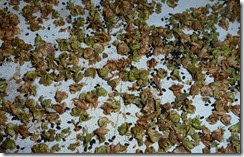 Collecting the seed is a simple as stripping the stems (as mentioned previously) then rubbing the seed capsules gently over a clean flat surface to release the seed. Seed can be separated from remnant vegetation by sieving with a fine sieve. The resultant dry seed is stored and labelled in the usual way in an air-tight tin or bottle until needed the following year.
Collecting the seed is a simple as stripping the stems (as mentioned previously) then rubbing the seed capsules gently over a clean flat surface to release the seed. Seed can be separated from remnant vegetation by sieving with a fine sieve. The resultant dry seed is stored and labelled in the usual way in an air-tight tin or bottle until needed the following year.

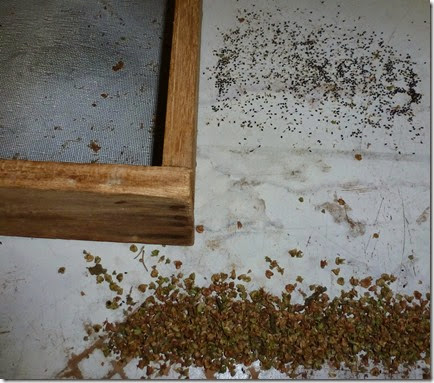
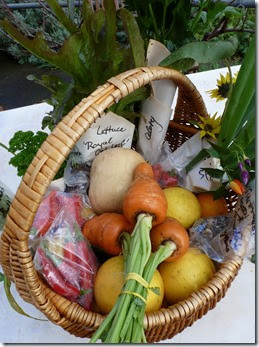
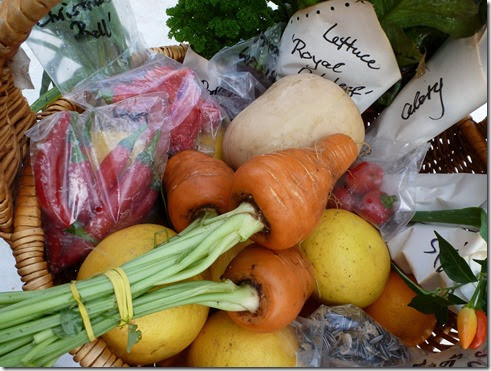
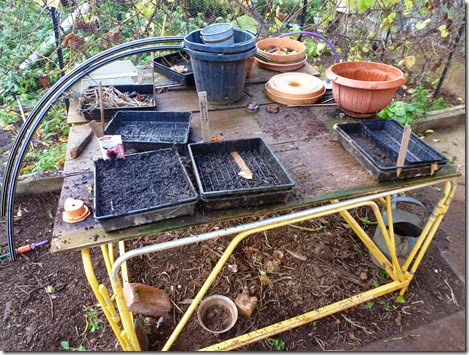
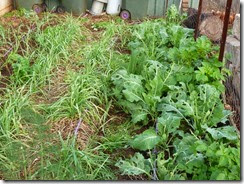
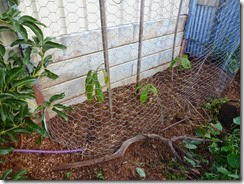 Avocados raised from seed
Avocados raised from seed